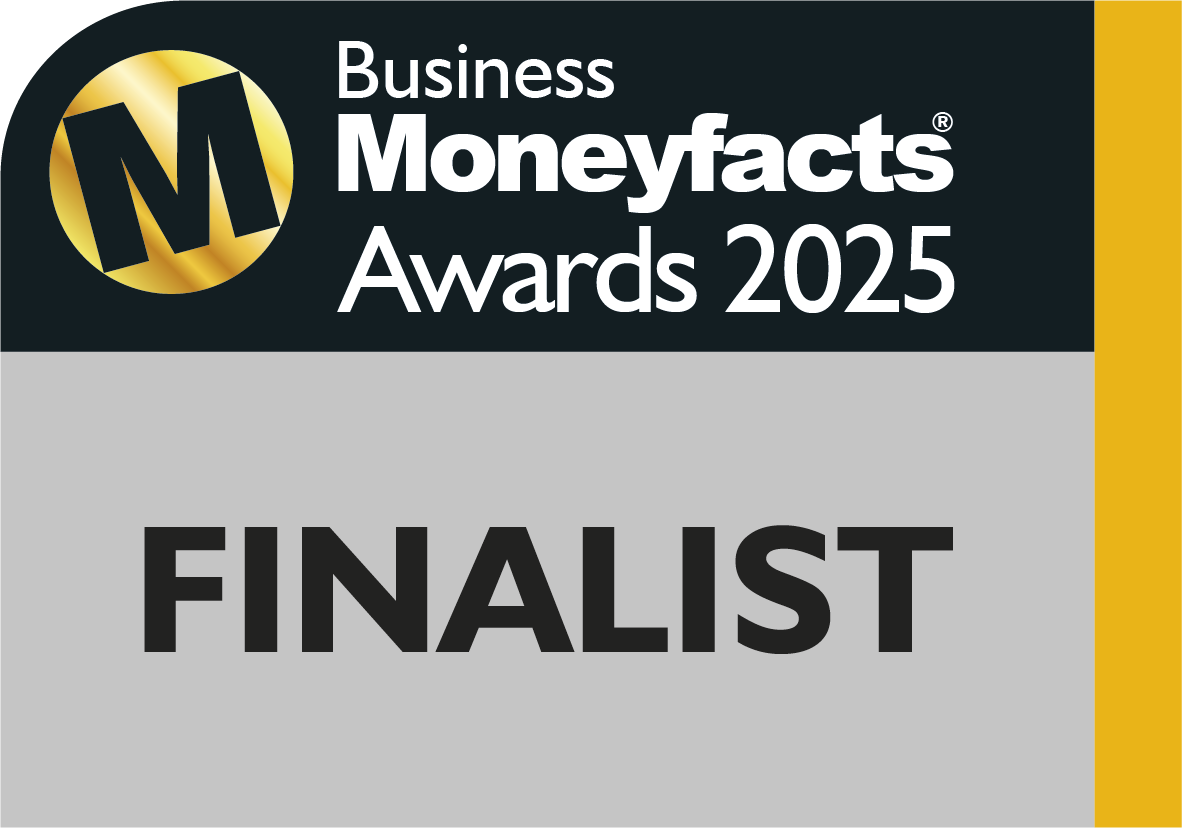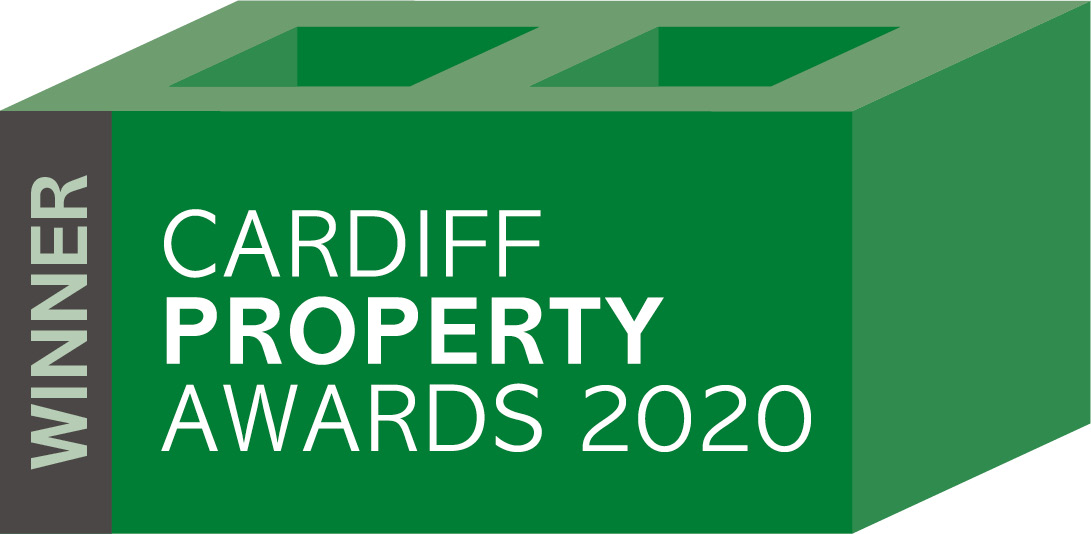Bridging Loans and Finance Content Hub
How to Use VAT Bridging Loans When Purchasing Commercial Property
One of the main differences between purchasing commercial property compared to residential, beyond the physical space, is VAT. Some properties require you to pay VAT on purchase, meaning a standard finance deal may not cover the full cost required.
Furthermore, a lack of awareness, or more commonly people forgetting about the additional capital requirement for the VAT, leaves many needing to find a solution fast. That’s where a VAT bridge loan comes in.
When Do You Need to Pay VAT on a Property Purchase?
Typically, you do not have to pay VAT on a residential property purchase. However, you do when buying many commercial buildings. This therefore increases the property price by 20%.
This is generally required for new (less than three years old), freehold commercial property, making it more difficult for buyers to source finance and ‘get a deal’, and for sellers to offload the property. VAT is owed on new commercial property because of its ‘negative impact’ on the UK residential housing market. This can take anywhere up to six months to be claimed back and refunded.
In many cases, an owner may opt to charge VAT as this will allow them to charge VAT on all supplies and recover VAT charged to them on property costs. To do this, they must write to and notify HMRC within 30 days of the decision to inform them of their intentions – before any exempt supplies are made.
Once notified, this decision will last 20 years and, in most cases, cannot be revoked. However, please note, this option does not follow the property if sold in future. If you will be purchasing a property as a Transfer of Going Concern (TOGC), VAT is not payable.
What is a VAT Loan?
Quite simply, a VAT loan is a form of finance to help businesses meet their VAT bill demands while freeing up working capital. These loans prevent businesses from having to dip into savings or relinquish assets, and instead spread loan repayments over an affordable term.
How is this Different to a Cash Advance?
A cash advance, also known as a ‘merchant cash advance’ is also a short-term form of borrowing, commonly used for business VAT purposes. However, there are some key differences between a cash advance and a VAT bridging loan.
A bridge is secured against your assets and will be paid in one lump sum through an exit strategy, such as a sale or refinance, whereas cash advances are repaid automatically from your takings. A percentage will be agreed up-front, meaning if you have high cashflow, you will pay off more of the loan quicker than if business is slow.
Which option you choose will come down to cashflow and how and when you want to repay the loan.
How Can VAT Bridging Loans Help?
A bridging loan is ideal to use in this situation as it will provide top-up finance to cover the additional costs to help make a purchase go through. Some principle funders may cover the requirement, but we have found that, in general, specialist VAT bridgers are far better suited to funding the requirement.
Specialist VAT bridging finance can be sourced and completed incredibly quickly to meet the demand of this typically last minute requirement and using a specialist for this will usually help speed up the process and thus save unnecessary interest.
Can You Reclaim the VAT on a Property Purchase?
Yes, in many instances you will be able to recoup the VAT paid on a property transaction from HMRC. However, this is not a quick and easy process, so should be handled by an expert to allow you to concentrate on the property project at hand. Many have reported this process taking anywhere up to six months.
Do You Need Fast Finance?
If you need a bridging loan for VAT costs on commercial property, or any other reason, our professional and experienced bridging brokers can help. Get in touch today to discuss your needs.






